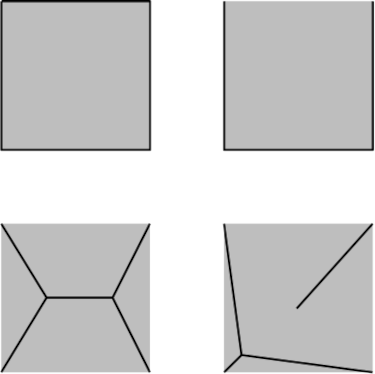
Game-Changer: How the World’s First GPU Leveled Up Gaming and Ignited the AI Era
In 1999, fans lined up at Blockbuster to rent chunky VHS tapes of The Matrix. Y2K preppers hoarded cash and canned Spam, fearing a worldwide computer crash. Teens gleefully downloaded Britney Spears and Eminem on Napster.
The release of NVIDIA’s GeForce 256 twenty-five years ago today, overlooked by all but hardcore PC gamers and tech enthusiasts at the time, would go on to lay the foundation for today’s generative AI.
The GeForce 256 wasn’t just another graphics card — it was introduced as the world’s first GPU, setting the stage for future advancements in both gaming and computing.
With hardware transform and lighting (T&L), it took the load off the CPU, a pivotal advancement. As Tom’s Hardware emphasized: “[The GeForce 256] can take the strain off the CPU, keep the 3D-pipeline from stalling, and allow game developers to use much more polygons, which automatically results in greatly increased detail.”
For gamers, starting up Quake III Arena on a GeForce 256 was a revelation. “Immediately after firing up your favorite game, it feels like you’ve never even seen the title before this moment,” as the enthusiasts at AnandTech put it,




















